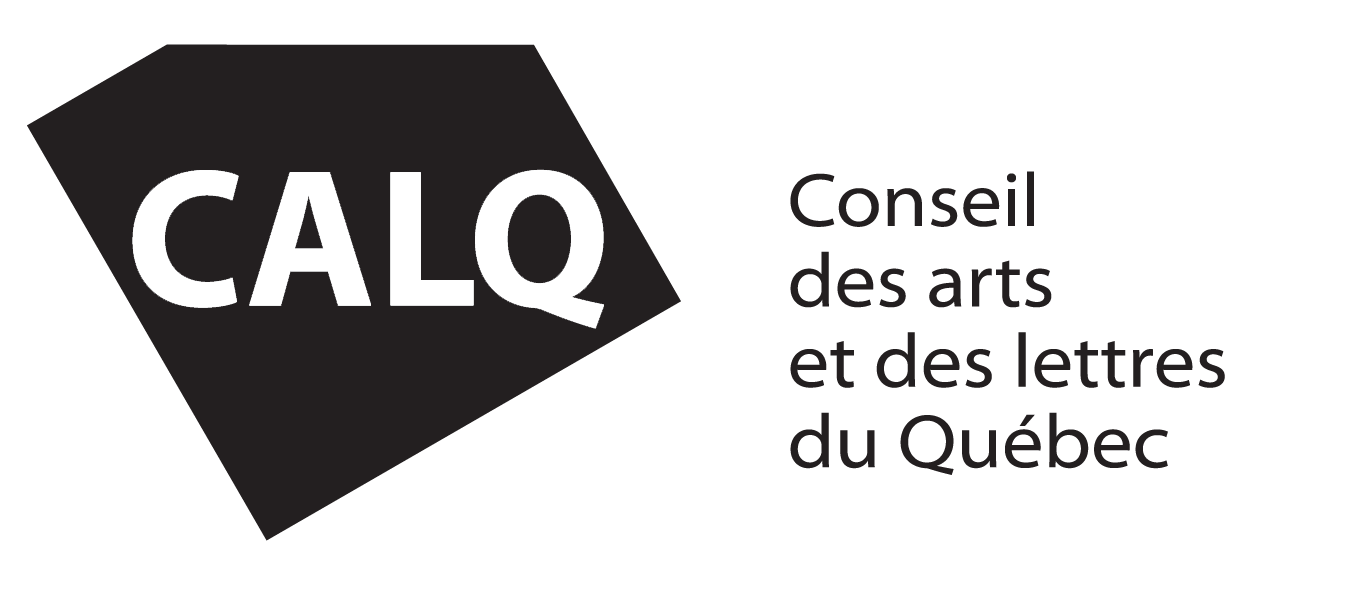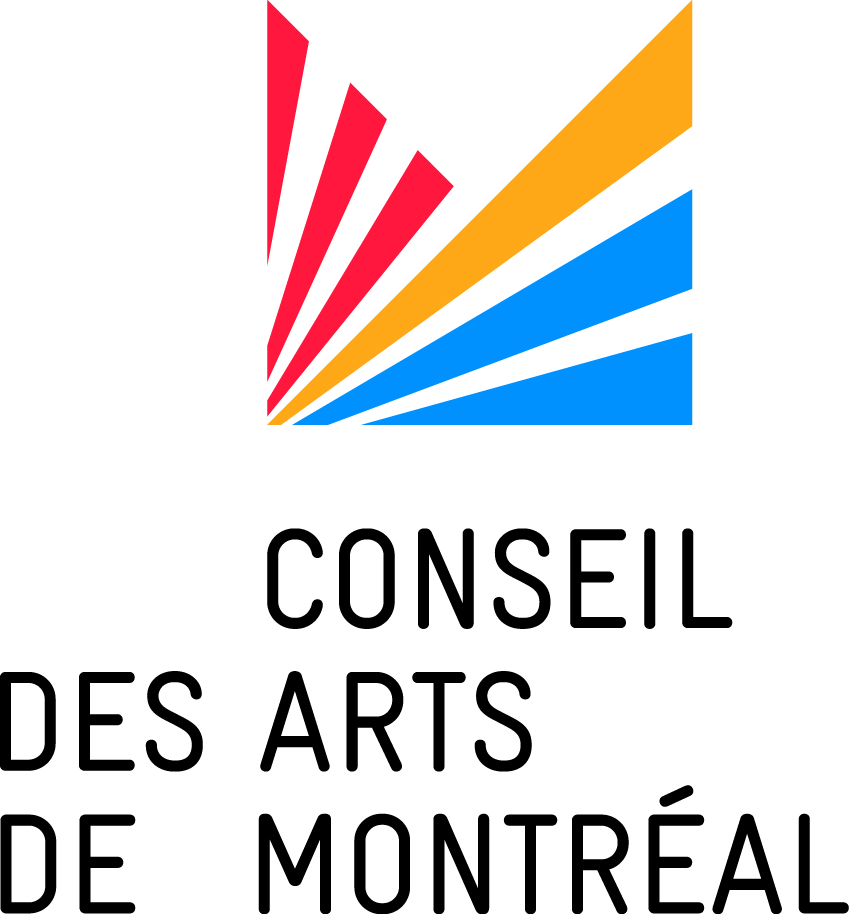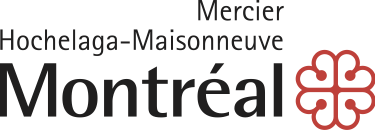For some twenty years now, the work of Stéphane La Rue – who draws like a sculptor, paints like a draughtsman and sculpts like a painter – has reminded us that what we refer to as “Minimalism” (in its broadest sense) is in fact a formidable school of perception for all forms of visual art which is far from having exhausted its discourse. Thus the interest of the Guido Molinari Foundation in inviting the artist to exhibit his work in its premises, where it will naturally enter a relationship of resonance with those of another artist who, sixty years ago, defined himself as the “theoretician of Molinarism” and also with the new architecture of “his” bank.
The exhibition was centered on a new variation to the exemplary series entitled “Comme une image (pour un ensemble)”, first shown at the Roger Bellemare Gallery almost five years ago. It also comprised selected series of works on paper created over the ten previous years, evoking on a more modest scale the brilliant retrospective entitled “Stéphane La Rue. Retracer la peinture” organized in 2008 by the Gallery at UQAM with the assistance of the Musée national des beaux-arts du Québec.
In addition, some ten works by Molinari freely selected by Stéphane La Rue were shown for their relationship, often oblique, with his own works, as a sort of final conversation following on many others previously between the young multidisciplinary artist and the older Concordia teacher. The attractive catalogue accompanying the UQAM retrospective contained the following somewhat premonitory comments by young art historian Marie-Ève Beaupré: “To write about the paintings of Stéphane La Rue also reminds me of an old bank, in which Guido Molinari’s studio was located, and the time I spent creating an inventory of the works of art stored there. For over a month I catalogued blue paintings. Vibrant blues. Some more discrete blues. Some blues occasionally showing traces of red underpainting. Blues painted over a myriad of other blues, which sometimes showed through. Do you see ? (…) If monochromatic works give rise to as many issues, it is because they address many intriguing problems with painting, which expose art and esthetics to rewarding questionings.” In the following, well-reasoned pages, the author demonstrated how the work of Stéphane La Rue renewed the genre, from which it also at the same time took its distances.
The “Stéphane La Rue – En resonance” exhibition was assembled with the cooperation of the Roger Bellemare and Christian Lambert galleries.
Watch an interview of Stéphane La Rue by Gilles Daigneault :
Views from the exhibition :






















